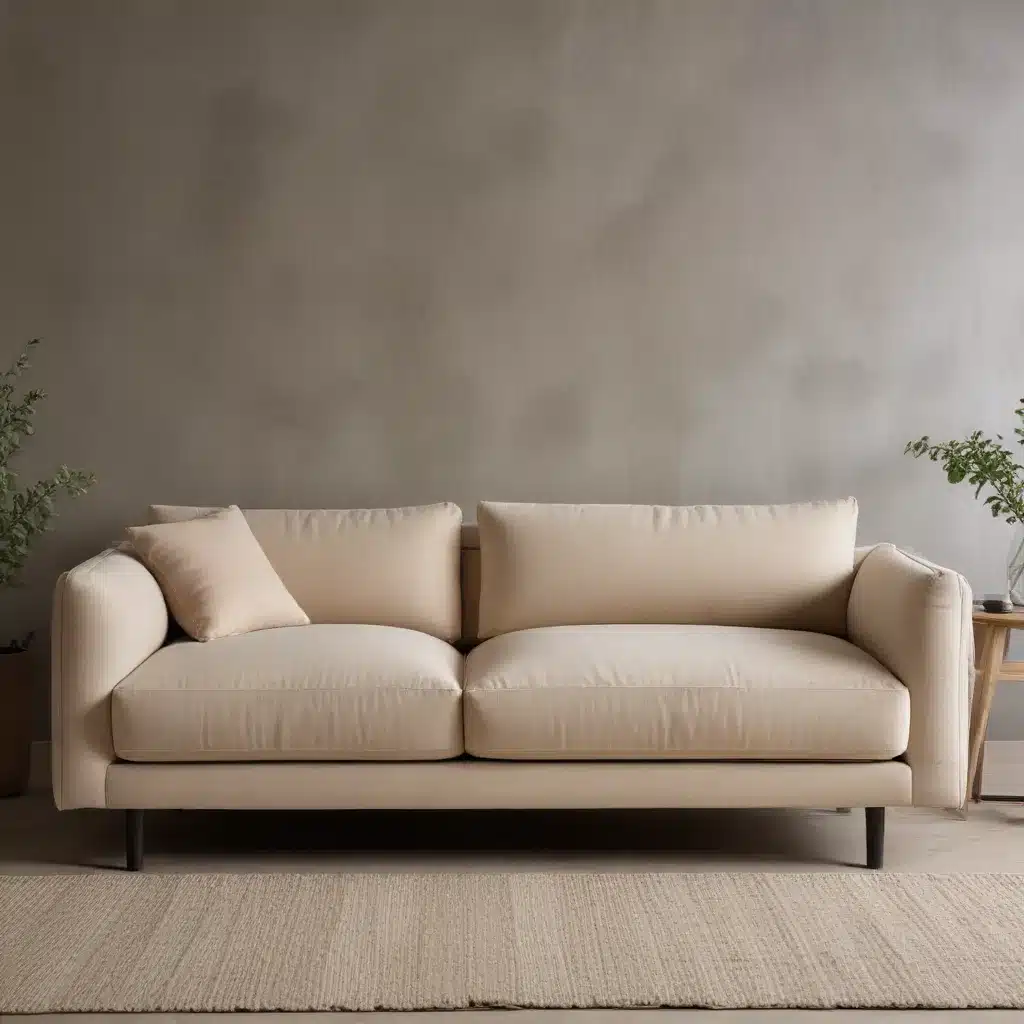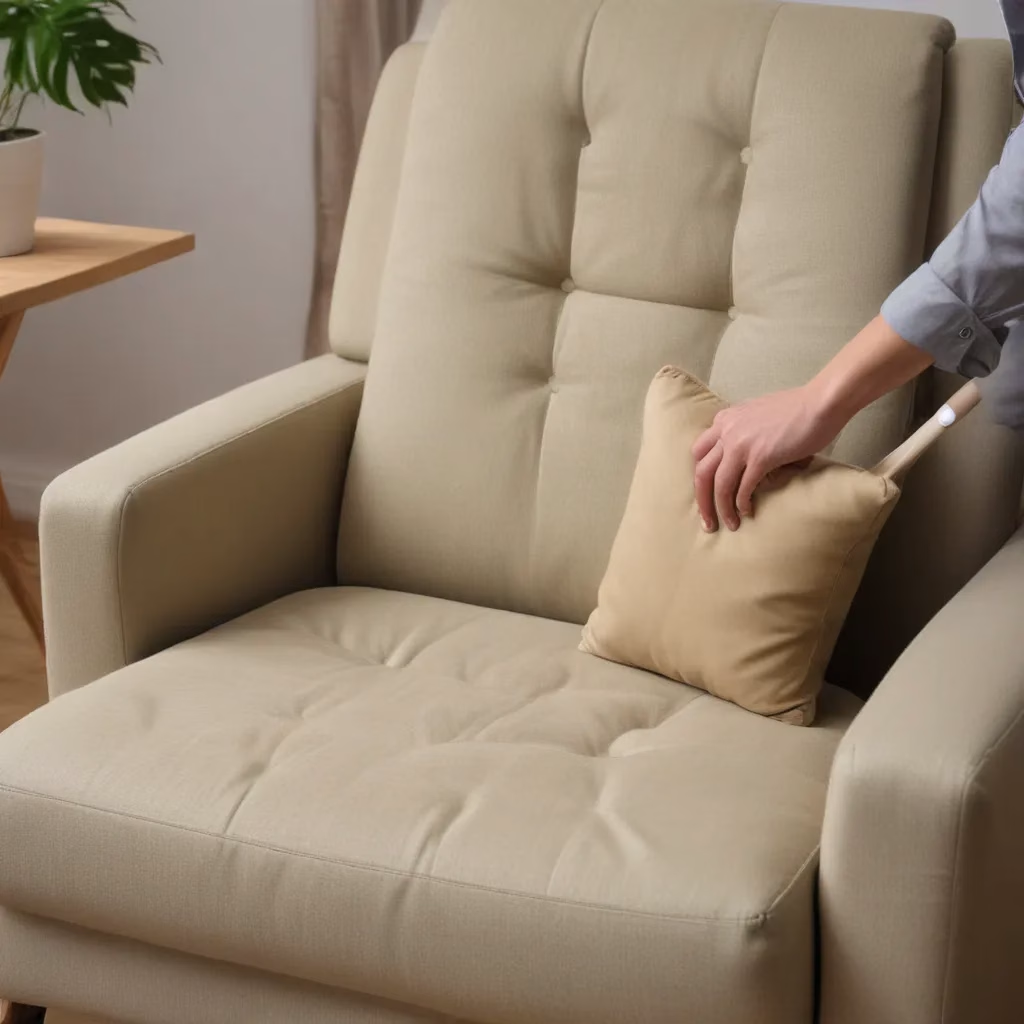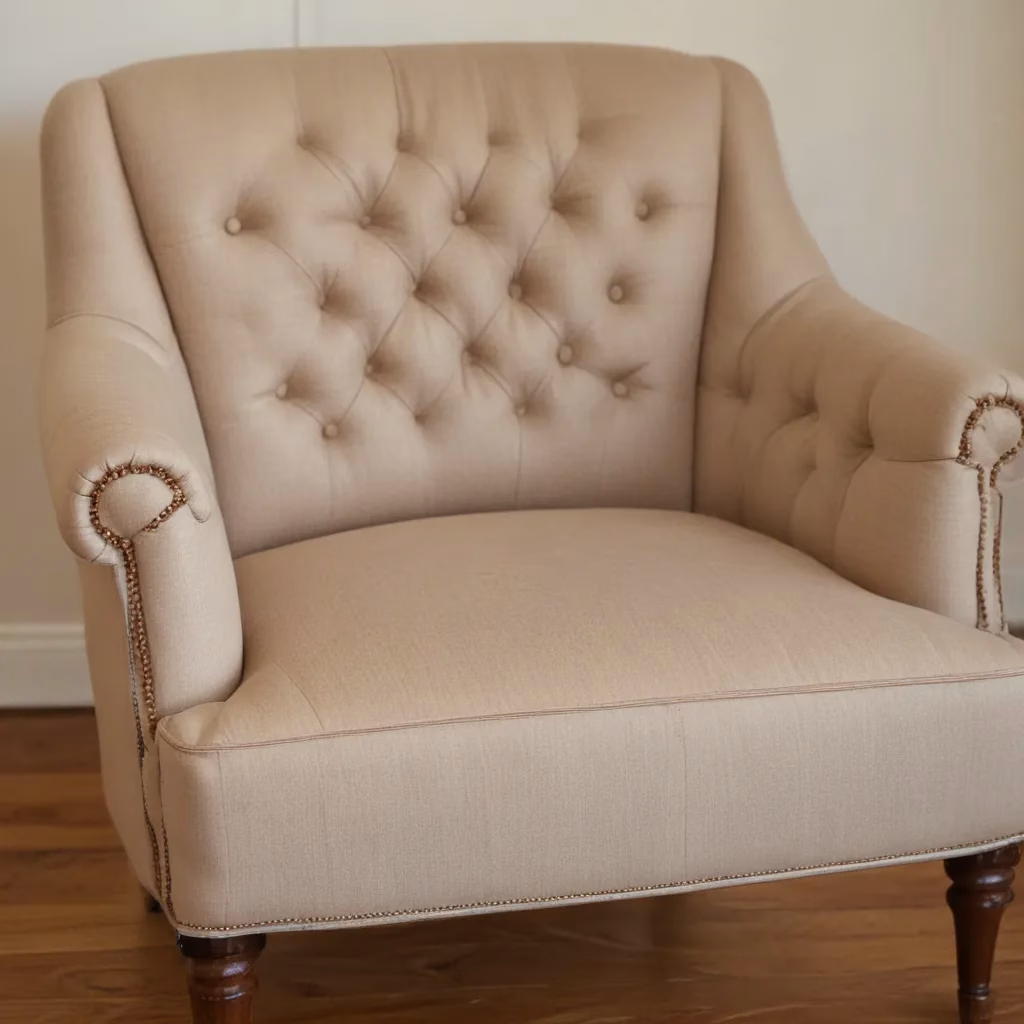
The Rise of Eco-Friendly Furniture
As a furniture specialist with years of experience, I’ve witnessed a significant shift in consumer preferences towards sustainable living. This trend has extended to home furnishings, particularly sofas, which are often the centerpiece of our living spaces. Eco-conscious homeowners are now seeking out sustainable sofas that not only look great but also align with their environmental values.
The demand for green furniture options has prompted manufacturers to innovate and develop eco-friendly materials and production processes. From recycled fabrics to sustainably sourced wood, the options for environmentally responsible sofas have expanded dramatically in recent years.
One of the key drivers behind this shift is the growing awareness of the environmental impact of traditional furniture production. Many consumers are now questioning the origins of their furniture and the long-term effects of their purchases on the planet. This heightened consciousness has led to a boom in the sustainable furniture market, with sofas being at the forefront of this green revolution.
What Makes a Sofa Sustainable?
When we talk about sustainable sofas, several factors come into play. It’s not just about using eco-friendly materials; the entire lifecycle of the sofa needs to be considered. Here are some key aspects that define a truly sustainable sofa:
-
Materials: Sustainable sofas often use organic, recycled, or responsibly sourced materials. This can include organic cotton, recycled polyester, or even innovative fabrics made from reclaimed ocean plastics.
-
Frame Construction: The frame is typically made from sustainably harvested wood or recycled metal. Some manufacturers are even experimenting with bamboo, which is known for its rapid growth and renewability.
-
Cushion Filling: Traditional polyurethane foam is being replaced with natural latex, recycled foam, or even plant-based options like soy-based foam.
-
Non-Toxic Treatments: Sustainable sofas avoid harmful chemical treatments and opt for natural flame retardants and water-resistant coatings.
-
Durability: A truly sustainable sofa is built to last, reducing the need for frequent replacements and minimizing waste.
-
End-of-Life Considerations: Some manufacturers are designing sofas with disassembly and recycling in mind, ensuring that the materials can be repurposed at the end of the sofa’s life.
As a specialist, I always advise my clients to look for certifications such as FSC (Forest Stewardship Council) for wood, GOTS (Global Organic Textile Standard) for fabrics, and CertiPUR-US for foam. These certifications provide assurance that the materials used meet strict environmental and social standards.
The Benefits of Choosing a Sustainable Sofa
Opting for a sustainable sofa offers numerous benefits, both for the homeowner and the environment. Let’s explore some of these advantages:
Environmental Impact
By choosing a sustainable sofa, you’re directly contributing to the reduction of environmental harm. These sofas often have a smaller carbon footprint due to their use of recycled or renewable materials and more efficient production processes. Additionally, many sustainable sofa manufacturers prioritize local production, which further reduces transportation-related emissions.
Health Benefits
Sustainable sofas are typically made without the use of harmful chemicals and volatile organic compounds (VOCs). This means they off-gas less, leading to better indoor air quality. For those with allergies or sensitivities, this can make a significant difference in comfort and well-being.
Longevity and Value
While sustainable sofas may have a higher upfront cost, they often prove to be more economical in the long run. Their durability means they need to be replaced less frequently, saving money over time. Plus, many eco-friendly sofas are designed with timeless aesthetics, ensuring they remain stylish for years to come.
Ethical Considerations
Many sustainable sofa manufacturers also prioritize fair labor practices and ethical sourcing. By supporting these companies, you’re contributing to better working conditions and fair wages in the furniture industry.
As someone who has seen countless sofas over the years, I can attest to the superior quality and craftsmanship often found in sustainable options. It’s not just about being environmentally friendly; it’s about creating a product that stands the test of time.
How to Choose the Right Sustainable Sofa
Selecting the perfect sustainable sofa for your home involves more than just looking at eco-credentials. Here’s my advice on how to make the best choice:
Assess Your Needs
Before diving into the world of sustainable sofas, take a moment to consider your specific requirements. Ask yourself:
- How many people need to be seated comfortably?
- What’s the primary function of the sofa? (e.g., everyday lounging, occasional seating, or dual-purpose as a sofa bed)
- What’s your preferred aesthetic style?
- Do you have any specific concerns, such as pet-friendliness or easy cleaning?
Understanding your needs will help narrow down your options and ensure you choose a sofa that’s not only sustainable but also practical for your lifestyle.
Research Materials
When it comes to sustainable sofas, the materials used are crucial. Look for options that feature:
- Organic or recycled fabrics
- FSC-certified wood for the frame
- Natural or recycled filling materials
- Non-toxic finishes and treatments
Don’t be afraid to ask retailers or manufacturers for detailed information about the materials used in their sofas. A truly sustainable company will be transparent about their sourcing and production processes.
Consider Longevity
A sustainable sofa should be built to last. Look for signs of quality construction, such as:
- Solid wood frames with reinforced joints
- High-resilience foam or natural latex cushions
- Durable upholstery fabrics with high rub counts
- Removable, washable covers for easy maintenance
Remember, a sofa that lasts longer is inherently more sustainable, as it reduces the need for replacement and minimizes waste.
Evaluate the Manufacturer
The company behind the sofa is just as important as the product itself. Look for manufacturers who:
- Have a clear commitment to sustainability
- Offer transparency about their supply chain and production processes
- Provide certifications from reputable third-party organizations
- Have positive customer reviews and a good reputation for quality and service
Test for Comfort
Sustainability shouldn’t come at the cost of comfort. If possible, visit a showroom to test the sofa in person. Sit, lie down, and spend some time on the sofa to ensure it meets your comfort needs.
Consider Modularity and Adaptability
Some sustainable sofas are designed with modularity in mind, allowing you to add, remove, or rearrange sections as your needs change. This adaptability can extend the life of your sofa and reduce the likelihood of it ending up in a landfill due to changing circumstances or preferences.
By following these guidelines, you’ll be well on your way to finding a sustainable sofa that not only looks great in your home but also aligns with your environmental values. Remember, choosing a sustainable sofa is an investment in both your home and the planet.
Maintaining Your Sustainable Sofa
Once you’ve invested in a sustainable sofa, proper maintenance is key to ensuring its longevity. Here are some tips I always share with my clients:
Regular Cleaning
Establish a routine cleaning schedule to keep your sofa looking its best:
- Vacuum weekly to remove dust and debris
- Spot clean spills immediately using eco-friendly cleaning solutions
- Follow the manufacturer’s guidelines for deep cleaning
Fabric Care
Different fabrics require different care approaches:
- For natural fabrics like cotton or linen, avoid harsh chemicals and opt for gentle, plant-based cleaners
- Leather sofas benefit from regular conditioning to prevent cracking
- Recycled polyester fabrics are often more stain-resistant but should still be cleaned promptly when spills occur
Cushion Maintenance
To keep your cushions in top shape:
- Rotate and flip them regularly to ensure even wear
- Fluff and reshape as needed to maintain their form
- Consider adding a topper or mattress pad for added protection and comfort
Protecting from Sunlight
UV rays can cause fading and fabric degradation:
- Position your sofa away from direct sunlight if possible
- Use window treatments to filter harsh sunlight
- Consider UV-protective sprays for added protection (ensure they’re eco-friendly)
Addressing Repairs Promptly
Don’t let small issues become big problems:
- Repair loose threads or small tears immediately
- Tighten loose legs or hardware as soon as you notice any wobbling
- Consider professional repair services for more significant issues
By following these maintenance tips, you’ll extend the life of your sustainable sofa, maximizing both its environmental benefits and your investment.
The Future of Sustainable Sofas
As we look ahead, the future of sustainable sofas is bright and full of innovation. Here are some trends and developments I’m excited about:
Advanced Recycling Technologies
New technologies are emerging that allow for more efficient recycling of textile waste. This means we’ll likely see an increase in sofas made from recycled materials, with improved quality and performance.
Bioengineered Materials
Scientists are developing new materials that mimic the properties of traditional sofa materials but with a much lower environmental impact. These include plant-based leathers and fabrics made from agricultural waste.
Circular Design Principles
More manufacturers are adopting circular design principles, creating sofas that can be easily disassembled and recycled at the end of their life. This approach minimizes waste and keeps materials in use for longer.
Smart, Sustainable Sofas
The integration of technology with sustainable design is leading to “smart” sofas that can adapt to user preferences while minimizing energy use. Think built-in sensors that adjust firmness or temperature without the need for power-hungry mechanisms.
Localized Production
As consumers become more conscious of transportation emissions, we’re likely to see a rise in locally produced sustainable sofas. This shift could lead to more customization options and faster delivery times.
Rental and Subscription Models
Some companies are exploring furniture rental or subscription services, allowing consumers to update their living spaces without the waste associated with frequent furniture replacement.
These developments promise to make sustainable sofas even more attractive and accessible to a wider range of consumers. As a furniture specialist, I’m thrilled to see the industry moving in this direction, offering more options for those who want to create beautiful, comfortable homes without compromising their environmental values.
Conclusion
The world of sustainable sofas is expanding rapidly, offering eco-conscious consumers more choices than ever before. From innovative materials to thoughtful design and production processes, these sofas represent a significant step forward in furniture sustainability.
As we’ve explored, choosing a sustainable sofa involves considering various factors, from the materials used to the manufacturer’s practices. By making an informed decision, you’re not just selecting a piece of furniture; you’re making a statement about your values and contributing to a more sustainable future.
Remember, sustainability in home furnishings is an ongoing journey. As new technologies and materials emerge, the options for eco-friendly sofas will continue to improve. Stay informed, ask questions, and don’t be afraid to demand transparency from manufacturers.
Whether you’re furnishing your first apartment or updating your family home, there’s a sustainable sofa out there that meets your needs. By choosing wisely and maintaining your sofa properly, you’ll enjoy years of comfort while knowing you’ve made a choice that’s good for both your home and the planet.
For more information on sustainable furniture options and to explore a range of eco-friendly sofas, visit Sofa Spectacular. Our team is always here to help you find the perfect sustainable sofa for your home.



